One of my most sensuous memories is of a tree, in a forest of ancient cedars on top of Mt. Koya. A soft rain had awakened the musty smells of earth, and the glow of lanterns had transformed the pathway lined with ancient tombs and monuments into a place of magic. But it was my companion, a head-shaven monk from—of all places—Utah, who acquainted me with the spiritual power of touch. Commanding me to close my eyes, he led me to one of the giant trees, where my fingers explored wet, gnarled bark and moss so soft it made me want to sleep vertically. Although this was many years ago and was the first of many Mt. Koya temple stays, I knew even then it was one of those moments you remember for the rest of your life.
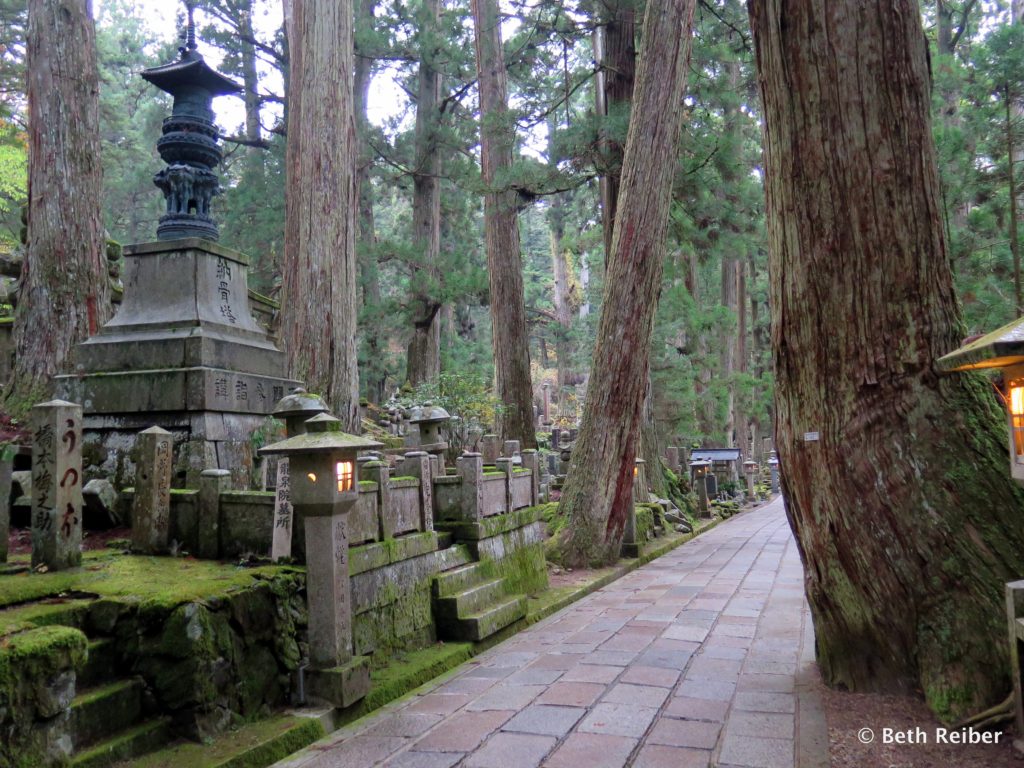
A Sacred Mountaintop Retreat
Since that encounter with the tree, I’ve returned numerous times to Mt. Koya (called Koyasan in Japanese), one of the most sacred mountaintop retreats in Japan. Standing 3,000 feet above the world, Mt. Koya became a place of meditation and religious learning 1,200 years ago, when a great priest named Kobo Daishi established his Shingon sect of Buddhism here. Revered for his humanitarianism and teachings, Kobo Daishi remains one of the most beloved figures in Japanese Buddhist history. When he died in the 9th century, he was laid to rest in a mausoleum on Mt. Koya. Faithful followers, however, believe he is not dead but rather in a restive state of meditation, awaiting the arrival of the last Buddha messiah.

A Mt. Koya Temple Stay
Today, the mountaintop is home to more than 115 Shingon Buddhist temples, some 50 of which offer the opportunity of a Mt. Koya temple stay in simple accommodations. Of my many trips to Koyasan, one of my most gratifying was with my then 15-year-old son, Matthias, where we spent the night in Ekoin, a temple with origins stretching back more than 1,000 years. We dined on vegetarian food, slept on futon laid out on the tatami floor by young monk apprentices, and awoke at 6:30 to attend the morning chants and goma fire ceremony. I thought Matthias might object to the early hour, but he was up before me and urged me to hurry. Afterward he said it was cool, but the perpetually sleep-deprived teenager said he probably didn’t need to do it again.

The town of Mt. Koya is small, with only one main street and a population of about 5,000, a thousand of them monks. In 2004, Mt. Koya was declared a UNESCO World Heritage Site, which has brought many foreigners to Koyasan than during my first visits. In fact, Mt. Koya is so easily accessible from Kansas International Airport, some passengers visit Koyasan in transit on international flights, though I think it’s almost a crime to miss out on the Mt. Koya temple stay. Mostly, however, I see henro, pilgrims who have completed Shikoku’s 88 Temple Pilgrimage and are making this their last stop to pay respects to Kobo Daisha.
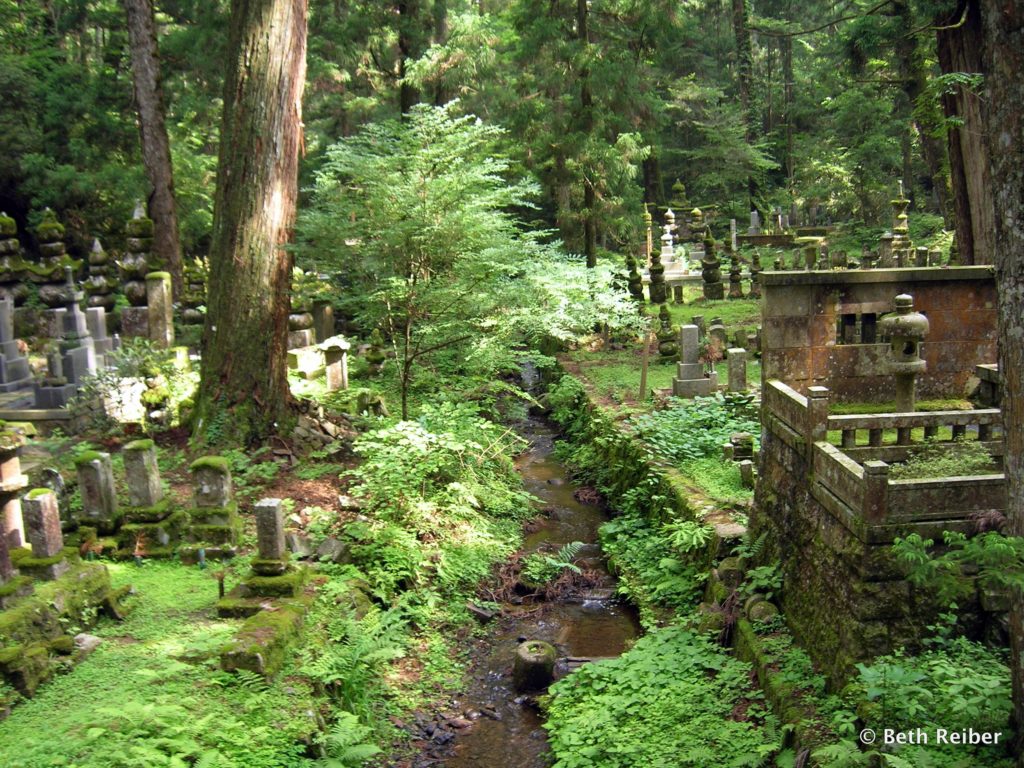
Okunoin Pathway through Japan’s most impressive cemetery
But for me, it’s the Okunoin pathway that draws me back to Koyasan again and again. Stretching more than a half kilometer through a dense forest of cedars, iridescent green moss, and shafts of sunlight streaking through the treetops, it’s lined with more than 200,000 tombs and monuments, erected by faithful followers through the centuries who wanted to be near their great priest—whose mausoleum lies at the end of the pathway—when he awakens.
There’s something indescribable about walking the same path that emperors, feudal lords, samurai, and common people have trod for centuries (though women, I might add, were barred from entering the sacred grounds of Mt. Koya until 1872). The tombstones spreading from the path deep into the woods read like a Who’s Who of Japanese history, including those of general Oda Nobunaga, Tokugawa Yorinobu, Kabuki actor Ichikawa Danjuro the first, and members of the Matsudaira, Toyotomi, and Maeda clans.
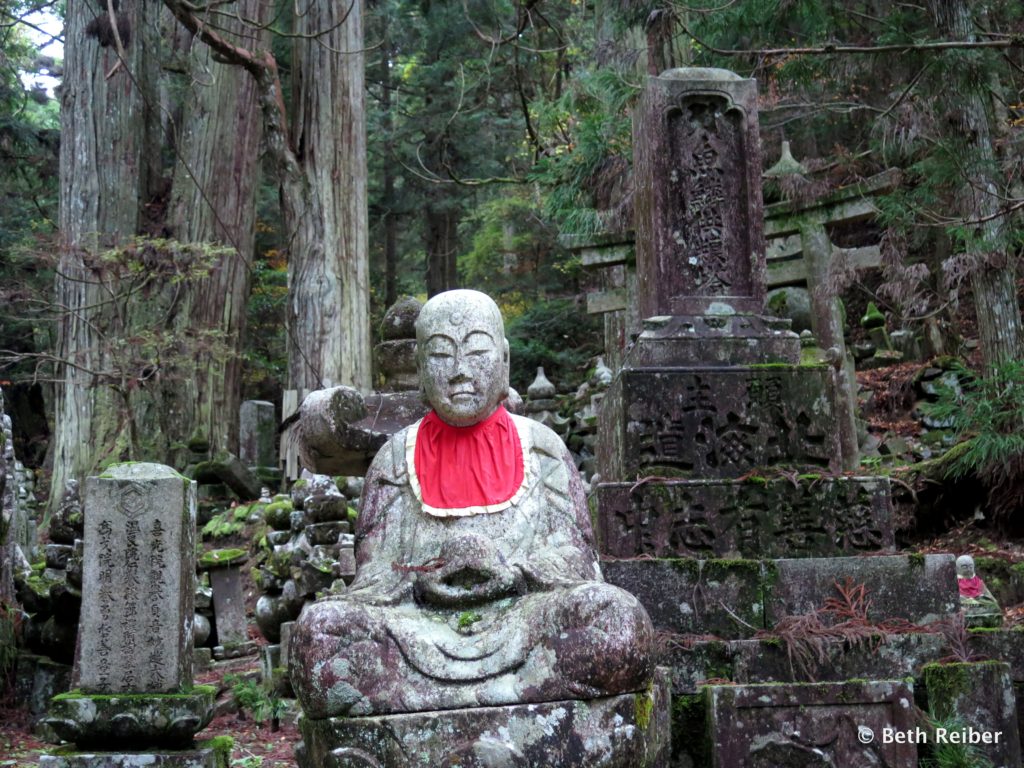
I usually walk the pathway twice, in the day and again at night when it’s lit with stone lanterns and I’m often the only person out and about. As Matthias and explored the seemingly endless side paths and tombs, I looked around us and remarked, “Look, Matthias, we’re the only ones here.” But with all those graves, not to mention Kobo Daishi, I never felt we were completely alone.
When it comes time to descend the mountain by cable car, it’s always with a sense of loss, as though I’m leaving heaven for the confusion of the modern world.
Might it not, I wonder, be the same for Japanese dead, who according to Buddhist belief, revisit our world every year during Obon?


For more information on Japan’s UNESCO World Heritage Sites, see my article Japan’s Top World Heritage Sites. For other trip ideas, see my Places to Visit Between Tokyo and Kyoto.
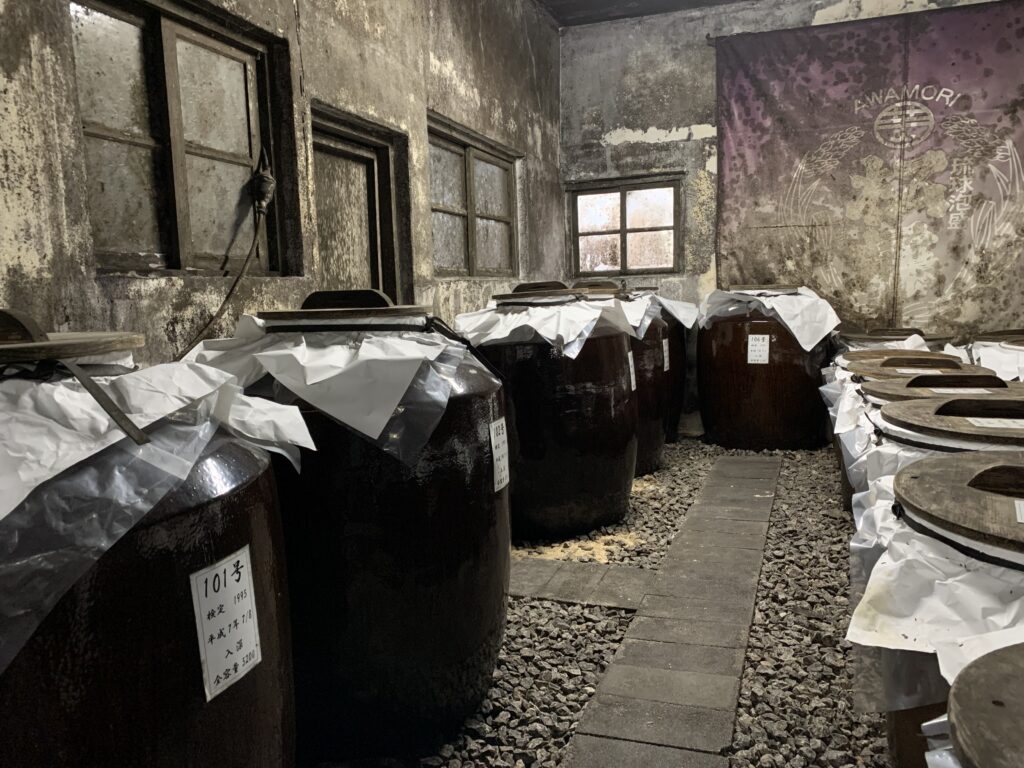
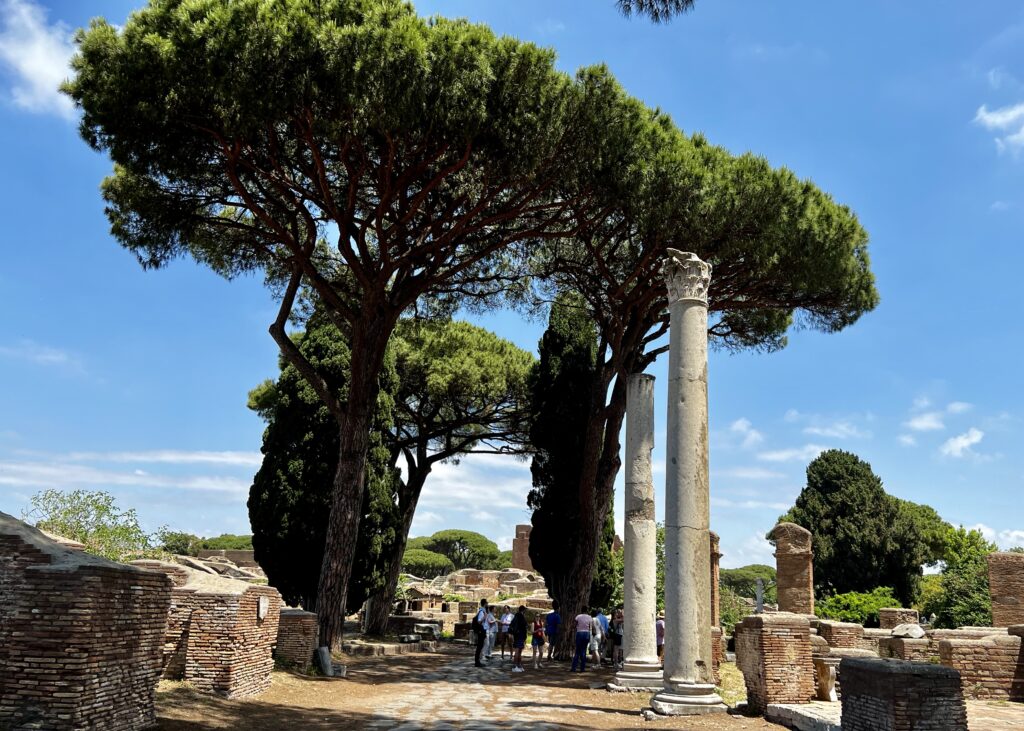
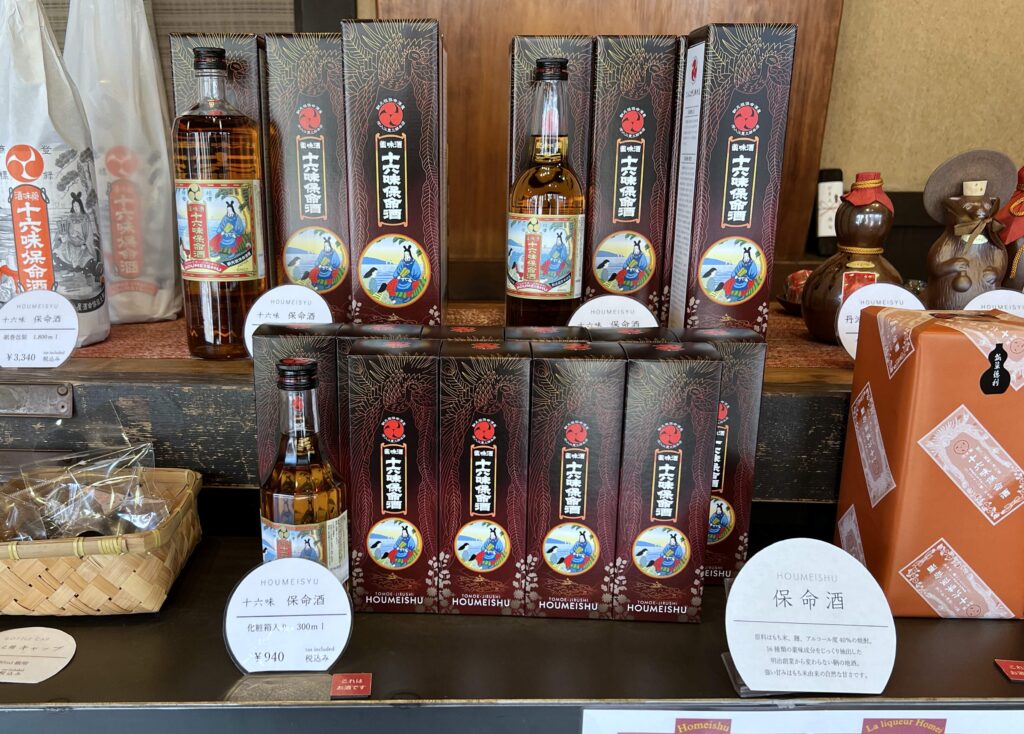
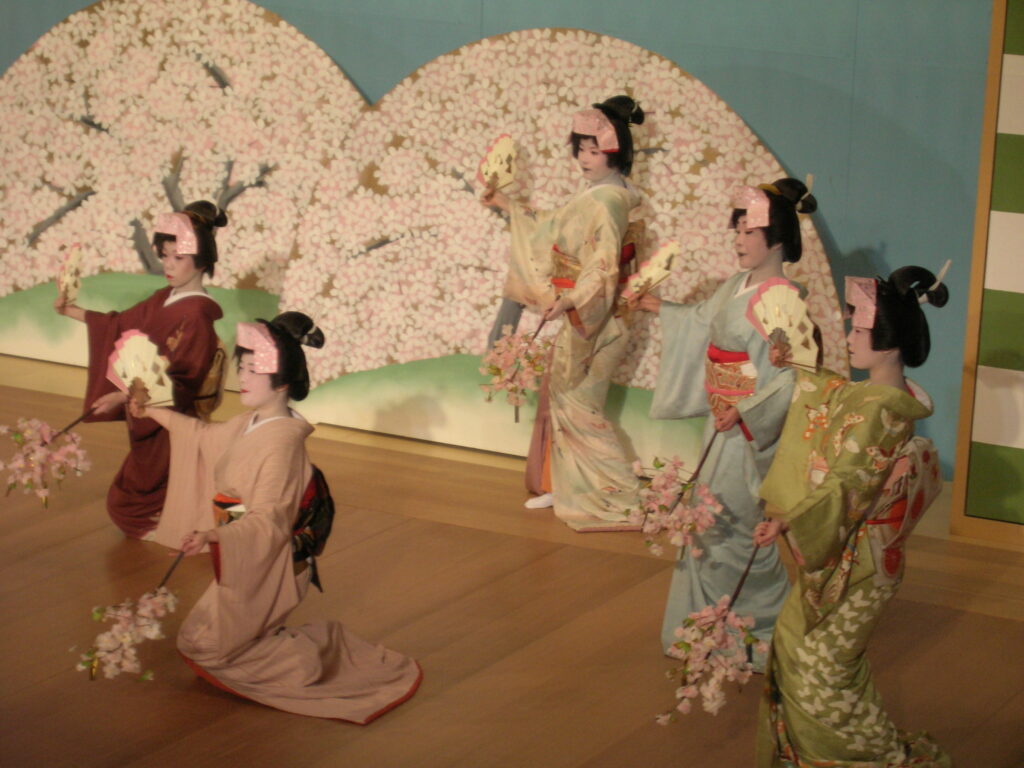
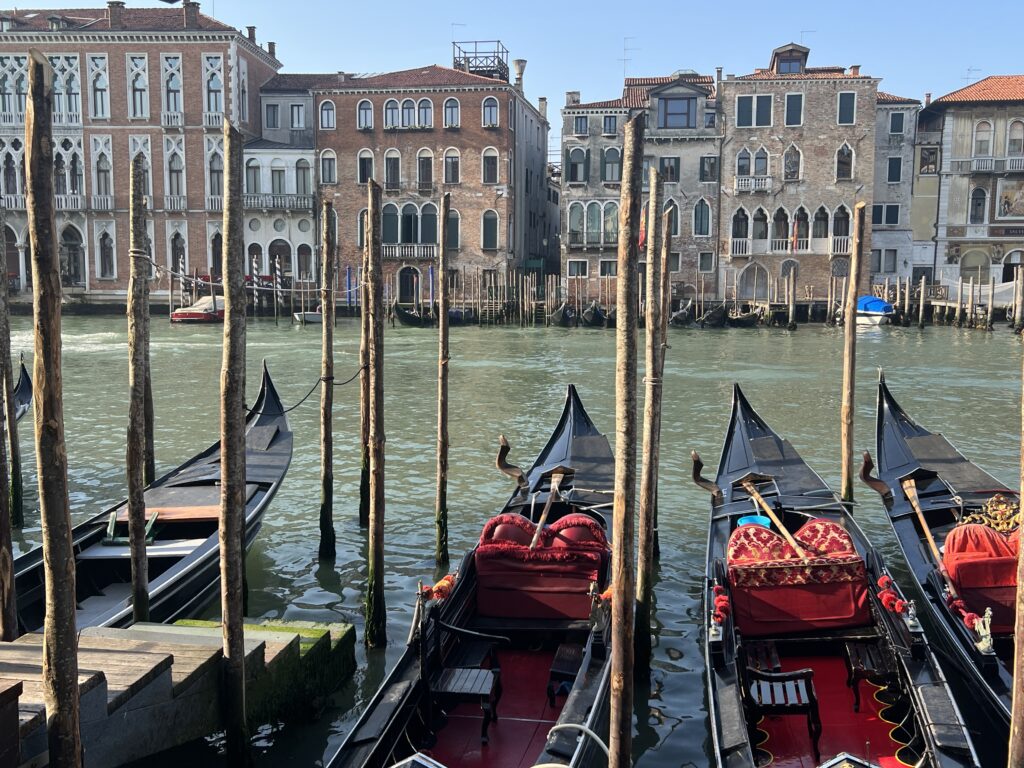
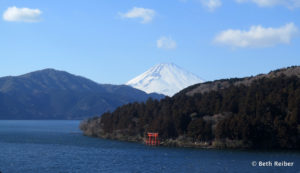
Until now, I ever considered that one of my hiking companions in Great Smoky Mountains National Park in the 1970s was a closet Buddhist. On a rest break along the trail, she split from the group and quietly embraced a giant tree. Silent, eyes closed, lost in the moment with a tulip poplar or perhaps an Eastern hemlock.
“What was that all about?” we asked.
“Oh, I was just grocking the tree. You should try it,” she said serenely, not bothering to define “grocking.”
Hmmm, not sure tree huggers are all Buddhist. But it’s a great practice. Thanks for the comment!